Folk etymologies, bullshit, the doctrine of signatures, and the "Language of the Birds"
Notes on magical languages (Part 2)
Page from Giambattista della Porta’s Phytognomonica (1588). Della Porta was interested in reading the outward of appearances of animals and humans as well as plants, and he speculated on the effects of appearance on behavior. This illustration shows “ocular” plants that improve eyesight. Source.
Folk etymologies: the doctrine of signatures, poetry, puns, poison
Sign + nature
The doctrine of signatures is the belief that plants (or sometimes animals and minerals) outwardly manifest virtues through legible signs. Essentially, the “doctrine of signatures” is folk poetry.
Like all old poetry, the mythopoetics of plants contains cosmic, local, and practical layers of signification. One who is well-schooled in plant signatures can operate with more knowledge and skill in treating a patient’s disease or rebalance their mental state than one who is haphazardly throwing remedies at symptoms without understanding the malady’s underlying dynamics.
At the very lowest level, the conventional correspondences serve as a kind of visual mnemonic. Walnuts look like little brains, and they do, in fact, benefit the brain. Haws (hawthorn berries) resemble the human heart, and they benefit the heart and circulatory system. However, beware: the signs still need interpretation. Does a plant that looks like a brain improve memory? Acuity? Wisdom? Or does the relation between the plant and an organ or condition inhere, rather, in myths and stories? Often, there are complex, overlapping connections. Using the doctrine of signatures requires knowledge of lore at some depth — it’s not at all like zapping a plant with your phone and letting an app do the ID and prescribe its uses.
Paracelsus wrote in Die grosse Wundartznei, published in 1537:1
I have oft-times declared, how by outward shapes and qualities of things we may know their inward virtues, which God has put in them for the good of man. So in St. John’s Wort, we may take notice of the form of the leaves and flowers, the porosity of the leaves, the veins [which] signify to us that this herb helps both inward and outward holes or cuts in the skin. The flowers of St. John’s Wort, when they are purified are like blood; which teaches us, that this herb is good for wounds.
St. John’s wort was once thought to repel demons, and, while most herbalists today aren’t taking that Rx literally, it is a noted remedy for depressive states.
BL MS. Sloane 4016: St. John’s Wort (Hypericum perforatum) repelling a demon, Northern Italy, c. 1440. Reproduced here.
Many — perhaps even most — systems of folk medicine don’t only rely on simple matches between symptoms and remedies, but instead draw on patterns of “energetics.” Commonly, these are expressed in contrasts, such as dampness/dryness, cold/heat, and excitation/passivity. These conditions would then be linked with abstract elements, such as Air, Earth, Fire, and Water, and then with planets, metals, colors, numbers, mythical beings, and other spirits and symbols. Many of us are familiar with energetics in, for example, Traditional Chinese Medicine, Ayurveda, but they were also integral in the history of classical Western medicine.
Today, many Westerners scoff at non-Western medical theories as baseless “woo,” but this discounts the millennia of close observations that have fed into these traditions. The herbalist Jim McDonald provided a good explanation of how the mythopoetics of Western herbalism have shifted as new paradigms are introduced, but, for folk practitioners, the system still works in the ways it was originally intended to in an insightful Facebook post:
In some ways "woo" is just the story/analogy that holds a concept, a story that changes and fluctuates even as the concept remains constant …
… For reasons unknown to me, stars and planets were also associated with qualities, and for whatever reason they decided that Venus was cold and moist, and correlated with the element of Water (not having been there, I can't say how accurate this is).
So people are thinking in patterns. They look at an herb — say, marshmallow. They see that it carries a lot of the element of Water, because they find it moistening and cooling, and helpful when people and their tissues are hot and dry. And since Venus is considered cold and moist, someone at some point in time says that Venus governs Marshmallow (Culpeper did that, as an example, but doesn't, in his writing of marshmallow use the words cold or moist - just says Venus).
Time passes, and people start saying, "Marshmallow is a demulcent" rather than "Marshmallow is governed by Venus," or "Marshmallow is cooling and moistening". But it means the same thing.
Time goes by. People say "Marshmallow contains mucilage" as much or more than "Marshmallow is a demulcent". But it means the same thing.
Time goes farther on. They start saying "Marshmallow contains mucopolysaccharides". Or perhaps "heteropolysaccharides". Or perhaps "glycosaminoglycans". But it means the same thing.
Because Marshmallow is still, qualitatively, cooling and moistening, whether its because of Elemental Water, or Venus, or its demulcency, or its mucilage, or it being a mucopolysaccharide/heteropolysachharide/glycosaminoglycan.
They're just different stories we've used to explain marshmallow. I like saying cooling and moistening. I like saying demulcent. I'll say mucilaginous (though slimaceous is also fun). I rarely say mucopolysaccharide/heteropolysachharide. I try not to say glycosaminoglycan, because I don't want to have to spell it (even if I can just say GAG). I never mention Venus, because astrology is not my thing, but if someone does, I know they might just be saying the same thing I am in different language.
Tip: Want to enjoy sweetness in your language, and in your life? Take advice from Hoodoo rootworker Brother Yona Glickman: Put a drop of honey for sweetness at the beginning of each day, before speaking, to help sweet words flow and bring sweetness in. Yona's Instagram.
It’s even sweeter if you share with a friend. These bears at an Orange County (NY) sanctuary were treated to a bucket of honey by their human friends.
At their optimal level of functionality, these signatures work in a similar way to well-derived etymologies — on the basis of inductive reasoning (following traces).
OK, what about making incorrect inductions? Does that mean the magic or medicine won’t work? Not necessarily, because …
Folk etymologies as bullshit, poetry — and witchcraft
I don’t know if you caught me providing a false etymology in the section above: actually, signature is not derived from sign + nature, but — in keeping with the “doctrine of signatures” — it is a handy mnemonic device in itself. Some of you may have let me get away with it because you trust me more often than not.
Now that I have come clean about the deception, we can shift from the inductive practice Jim McDonald describes to the deductive operations of Segnatura, where a practitioner takes a general meaning and imposes it onto a specific case through an act of will.
Folk poetry is elevated to a form of witchcraft when a magician or healer asserts the will to make an association have consequences in the world. There are three ways in which the effects may be brought about: 1) the herbs or magical working actually do what the lore claims; 2) they don’t have much effect, but they function as a placebo, perhaps in conjunction with some other performances by the herbalist, such as prayer or the use of talismans; 3) a spirit, perhaps one who is associated with the plant or involved with healing, intervenes.
When people ask what I mean when I speak of “witchcraft,” sometimes the best answer is “applied folklore.”
Mom: “What’s going on in there?” Me: “Nothing, ma. Just studying folklore with my friends.” A Phantasmagoria—Scene–Conjuring-Up an Armed-Skeleton. Print by James Gillray, 1803. Wikimedia.
Signature sounds as though it’s related to segnature, but let’s flip that around
According to Italian researcher Angela Puca, Segnatura (singular) or Segnature (plural) means “Signs, gestures,” with reference to the symbols practitioners (Segnatori) draw with their hands when they speak their words of power in order to cast spells.2
These operations are the inverse of what’s happening the “doctrine of signatures”: in Segnature, power is understood to come from within the person creating words and gestures rather than from without, as an herbalist would do when she applies the virtues of plants, animals, and stones.
“Nature” is not a part of the origin of Segnature, but it hangs in the air, suggesting naturalness and causality between intent and result. The trick of conjuring the spirit of a word that isn’t actually there makes Segnature part of the “nature” of things; how the world works and how it words — one can enchant objects or people if one knows the right language. Like the doctrine of signatures, it’s poetry in action.
Bullshit as charismatic poetry
Sometimes, we encounter false etymologies that engage in some really vigorous mental gymnastics, or in wishful thinking — i.e., “bullshit.” It can be hopeful and naive, or dour and condemnatory. For example, one YouTube video with millions of views (that I’m going to do you the favor of not linking) suggested that English names for body parts are integrally associated with Christian cosmology: head = heaven, and heel = hell, etc.
Here’s another set of hallucinatory word associations that’s getting a little traction in New Age communities:
They say, the language you speak is made up of words that are killing you.
Consider the sad ring of “mourning” that greets us each new day as we come ‘a wake’ from our nightly immersion in our personal Life’s Dream. Hear how the “week days” sounds like the “weak daze” and how “weekend” is hardly different from “weakened” — which is precisely how so many of us feel after being pulverized in the “daily grind” through which we endeavor to “urn” our living at various jobs and “undertakings.”
What a somber vision of a fallen life such words conjure together when shown in trance-lation. It’s little wonder, then, that our most common salutation to each other is “HELL-o.” Ten years of such mind-numbing living is termed a ‘decade,’ which the British so wisely pronounce “decayed.” Source.
Me too, bird, me too. I’m drinking a flight of mimosa drinks in an airport cafe to cope with it.
Word to the wise: if you get a DM that opens with “grand rising,” you can know with almost 100% certainty that whatever follows is a scam.
Sometimes false etymologies grow legs and run amok in the academies. Our next exhibit is ”herstory,” a more famous example of a false or folk etymology masquerading as etymology. “History,” of course, is not really derived from the English words “his” and “story.” It comes from the Ancient Greek ἱστορία, which means “knowledge obtained by inquiry” via the Latin historia. Is this usage ignorant, or merely playful? Depends on who you ask. I’ve heard some people say “of course it’s tongue-in-cheek,” while others seem ready to defend the reality of a history/herstory binary till their last breaths. And don’t even get me started on “wombyn.” I decided not to include a meme with either of these words because my orbs got stuck on a particularly hard roll and I’m going to have to finish writing this article slightly cross-eyed, and not because of the mimosas.
Here’s the tricky bit: wordplay and slippage are great and maybe even necessary for poetry and many kinds of jokes, but there should be an understanding of whether a statement or utterance is intended to be ephemeral, part of a fleeting mood (like glossolalic performance), or poetic, and if the speaker intends to present a world-structuring element that will bear weight after the moment of transmission.
To put a finer point on it, if someone uses the techniques of poetry and expects the audience for cosmology or metaphysics to take them seriously at a literal level, they have to count on pushback. Peter Duchemin has used the metaphor of stool (yes: that kind of stool — poop!) consistency, which ranges from quite fluid to very hard, with the healthiest type in a middle range “between too dense and restricted by rules” (constipation) and too loose and free-flowing (diarrhea)” to make the point that the ideal should be found between two extremes.
(Just a little dungposting — excrement needs a perfect consistency so you can roll with it. Image source.)
What about magic? you may ask. Part 1 of this article spoke of the glyphs, voces magicae, and charaktêres, that make a text and/or the performance of a rite sparkle with magic. The key difference is that these elements are supposed to be mysterious, not simply wrong and based in easily-corrected misunderstandings.
Despite being shitty in a way, bad etymologies can still contribute to shaping the world through language users’ perceptions. Like segnatura, they assert something their inventor/user wishes to be true, such as the “womb” as the defining trait of womanhood. There is one potential difference, though: while the magician may call in external spirits to help them with this, the bullshit artist or poet must rely on their own rhetoric and charisma.
Art and magical languages
Where could magic do its dance of seven veils in a supposedly “disenchanted” age like the twentieth century? Old systems of association used by herbalists (the “doctrine of signatures”) were increasingly considered archaic folklore, only suitable for display in ethnographic museum, perhaps next to an exhibit on leeches and mercury tinctures.
Magic thus took refuge in art, often art that had aspirations to serve as a conduit to transcendent experience and an impulse for radical liberation movements. The “coefficient of weirdness” in the sense I’ve laid out earlier in this article was very conspicuously lacking, but the avant-gardism would have been disorienting to many readers or viewers.
Zaum and Suprematism
The cover of Velimir Khlebnikov’s poetry collection Zangezi (1922). Wikipedia.
Zaum is the name given by Russian Cubo-Futurists Aleksei Kruchenykh and Velimir Khlebnikov to an artificial language they introduced in 1913. The prefix за [meaning trans, beyond, or over] grafted onto the root syllable ум [mind, rationality, thought, intelligence] is finished off with the “soft sign” [ь], which is unvoiced. This addition was the master stroke because it changed the neologism’s grammatical gender to feminine, which to Russian ears is “very counterintuitive, it is indeed highly disruptive and points to further acts of ‘linguistic terrorism,’ such as switched singular and plural markers, masculine/feminine/neutral gender manipulations and elaborate verb inventions.”
The disruptive use of language was intended to introduce disruption of certainties based in nationality, gender, politics, and more. Zaum principles and aesthetics found expression in visual arts and art theory, graphic design, theater (including opera), poetry, and written manifestoes. It was a theoretical background for antiwar organizing, and various demonstrations, and even influenced Formalist linguistics.3
Zaum poems also attempted to open space for the polyglottal environment of a vast empire where people were chattering not only in Russian, but also in Finnish, Uzbek, Buryat, and many other tongues.4
Elena Guro’s Zaum-inspired poem “Finland,” 1913, with English annotation by D. Strakovsky.
Kazimir Malevich’s Suprematist canvases were conceived of as Zaum paintings. Like Zaum poems, Malevich’s basic geometrical signs also performed the magic of transcending the (usual conventions of) the material and connecting the individual’s response to the art with “cosmic archetypes.”
Kazimir Malevich, Suprematist painting, 1916. Wikiart.
Zaum’s creators also called it "an invented language, probably used by birds."
The language of the birds
Detail from a fresco with birds in a garden from the House of the Golden Bracelet in Pompeii, 30-50 CE. Aeon.
Birds, of course are one of the indications of shifting seasons, with their arrival, departure, and nesting behavior; for example, Hesiod (in Works and Days) instructed farmers to begin certain tasks when they observed the migrations of cranes, cuckoos, and swallows. Their mere appearance heralds change, and observers can make other predictions, such as changes in weather based on their flight — for example, swallows flying low to catch airborne insects are an indication of low atmospheric pressure and possibly impending rain.
Attic red-figure vase, 515-505 BCE. The speech of the figures (not visible here) says: “Look, a swallow.” “Good Lord, so it is.” “There it goes.” “It’s spring already!” Aeon.
If birds could predict the right time to plant crops, it was a short step to interpreting their behavior as oracles. And another short step from oracles to bearers of divine wisdom. In my article titled "Ring of Bones," which is published on A Beautiful Resistance’s Substack, I discussed the lineage of avian oracles and pointed out that the ancient Greek word οἰωνός [oiōnós] means “large bird,” “bird of prey,” and “omen, token, or presage.”
Before the Greeks, people in Southwest Asia had already long taken an interest in birds: interpretive keys to avian oracles had already been systematized in Mesopotamia and they were passed down to the Hurrians and Hittites. Much later, in Qur’an verse 27:16, Solomon said: “O men! We have been taught the language of birds, and we have been given all things; most surely this is the manifest grace.” The Sufi poet Farid ud-Din Attar wrote an allegorical poem titled “Conference of the Birds” in the 12th century based on these lines from the Qur’an. In it, the poet sought to instruct readers on how to dissolve illusions and merge with the cosmic Beloved.5
Detail of a fresco from the House of the Golden Bracelet in Pompeii. 30-35 CE.
However, beyond migrations and other behavior that might be observed by anyone, avian language was also considered a special kind of speech through which messages and esoteric teachings could be conveyed. The ancients believed that mortals could only understand this language if they were blessed by a god. For instance, the blind diviner Tiresias was granted the ability to understand the birds by Athena. Others who received these gifts included Aesopus, Democritus, and Anaximander.
Tiresias, the Noise of the Birds by Nicola Bealing. See it here.
Alchemical and Kabbalistic traditions that originated in Southwest Asia fed into Renaissance magic, and European fairy tales.6 All of these sources spoke of the language of the birds as a “perfect” language that held the key to esoteric serets and expanded language — but which could only be obtained in extraordinary ways. Sometimes this language was supposed to have been taught to humans by angels (a tradition Dee and Kelley drew upon when they constructed their Enochian code).
Medieval French troubadours had their own “language of the birds” [la langue des oiseaux], which was very likely the fragmentary remnants of older, heterodox learning. This code gave expression to banned or suppressed ideas about God and the soul and it was disseminated in simple pictures, essentially memes, that circulated in the form of songs [cants] and tarot cards.
The puns and symbolism of this “Language of the Birds” are based in homophony, and the first and best example is found in the word used for the cards themselves. Even today, they are usually called lame instead of cartes in French. A lame is a blade or thin sheet of metal, which was an older technology used to print the cards. Even though regular playing cards were also produced this way, they were never called lames: only the cards of the Marseilles tarot deck have retained this archaic term, which — in the “language of the birds” — is L'ÂME: the soul. In the Marseilles deck, the card which is usually called “The Tower” is LA MAISON DIEU, which sounds like L'ÂME ET SON DIEU: "The Soul and its God.” Or, alternately, L'AME EST SON DIEU (The Soul IS its God).7 The Marseilles deck is alleged to be the deck first used for “occult” purposes rather than parlor games.
The Magician (Le Bateleur) card in the Marseilles deck is the first Trump card (there isn’t a Fool preceding it). Read more here.8 And no, this isn’t an AI hallucination — he is supposed to have 6 fingers.
Troubadours’ “cants” (songs) could be either “open,” when their meaning was directly conveyed, and “closed” when it was hidden behind a screen of allusions or word plays.
Troubadours were the "makers of tropes," craftsmen of that sense of ambiguity that is the foundation of the poetic experience. Other names for the Language of the Birds are "green language" and "gai sçavoir" or "gay science". This is the science of the merry and unbridled language of poetry.
This language was not only a means to share ideas, it was a practice that could help a person learn to “break down overly rational methods of thinking” and binary oppositions such as dead/alive, imagined/real, internal/external, and asleep awake. Those who practiced this “gay science” were working toward the unification of opposites 9 as a step toward further mental and spiritual development. Ultimately, a transcendent consciousness or holistic understanding of fundamental unity was achieved, just like in the practice of alchemy.
The Language of the Birds opened up the possibility of freedom only from authoritative dogmas, but also from overdetermined interpretive keys, because its use was more akin to the diviner’s art of reading patterns that shifted each time cards were reshuffled. Although it was a “language,” these symbols, like the depth charges in Zaum artworks, liberated users from overreliance on words.
This is the same effect we have seen in Trobriand garden magic, barbarous names and voces magicae, charaktêres, and the doctrine of signatures. In the words of Enrique Enriquez, the Language of the Birds can be thought of as an imaginary link between a lineage of Western poets that reaches back …
to the Provençal troubadours to Clement Marot, Rabelais, Gerard de Nerval, Alfred Jarry, Raymond Roussel, some of the surrealists like André Bretón, Michael Leiris and the elusive Marcel Duchamp. Most recently, that lineage continued through the OuLiPo group (which are the French ’pataphysicians), the Canadian ‘pataphisicians, like bp Nichol, Steve Mc- Caffery, Victor Coleman, their offspring Christian Bök, and also some Fluxus artists ...”
Poetry is based on magical thinking, as it operates under the rules of analogical causation. What is poetry but the laws of Sympathetic Magic applied to language?
In a poem, words seem magically linked through their similarities or sympathies. Once they have been bonded by this formal correspondence, we take the connection to be a form of "truth." In the Language of the Birds, we dispense with grammar and logic, and we’re guided to that which lies beyond it. This is how we become readers of the word in the world.
Enter the library of these perfect works and dissolve into the dawn chorus of birdsong that tells the true names of every thing and of the All.
Paracelsus was a badass iconoclast. “The universities do not teach all things,” he wrote, “so a doctor must seek out old wives, gipsies, sorcerers, wandering tribes, old robbers, and such outlaws and take lessons from them. A doctor must be a traveller.…Knowledge is experience.”
He held folk knowledge in higher repute than the scholasticism and academic medical dogma that held sway in his day.
For more, see Angela Puca’s article: “The Tradition of Segnature: Underground Indigenous Practices in Italy,” available here.
Zaum was a formative influence on Roman Jakobson, one of the 20th century’s most influential linguists:
” … the Formalists understood poetic language as operating both synchronically and, as Tzvetan Todorov notes, in an autonomous or “autotelic” fashion. The Formalists consistently stressed the internal mechanics of the poetic work over the semantics of extraliterary systems, that is, politics, ideology, economics, psychology, and so on. Thus, Roman Jakobson’s 1921 analysis of futurist poet Velemir Khlebnikov, and especially his notion of the samovitoe slovo (“self-made word”) and zaum (“transrational language”), serves essentially to illustrate the proposition that poetry is an utterance directed toward “expression” (Noveishaia russkaia potziia [Recent Russian poetry]). Indeed, the futurist exploration of the exotic realm of zaum parallels the Formalist preoccupation with sound in poetic language at the phonemic level.” Source.
Read Dima Strakovsky’s excellent article on the "Empire of Zaum" here.
Here is a translation of Attar’s text and some notes on its interpretation.
The following brief passages describing each valley’s essence may help us to understand how they influence voyagers taking this pivotal journey.
1. “Valley of the Quest”: Here voyagers must abandon their prior convictions and beliefs. Purity of heart is a prerequisite for initiating the journey.
“There is no room here for pride, / or self-importance /or things you value and hoard.”
2. “Valley of Love”: Love conquers all, and here reason is vanquished by it.
“In this valley, love is fire, mind is smoke / When love arrives, reason flees.”
3. “Valley of Knowledge”: Here all understanding of the world becomes superfluous; the wisdom of the world takes its leave.
“Here, no path resembles the next. / Here, the traveler of the body is different / from the traveler of the soul.”
4. “Valley of Detachment”: Here the illusion of reality disappears; the desire for mundane things leaves the heart.
“Here, neither new nor ancient has any value / Here it’s all the same if you act or if you’re idle / If you have suffered a world of hardship, / Here, it’s all a dream. / If a thousand lives perish in the sea, / here, a mere dewdrop has slipped into the vastness.”
5. “Valley of Unity”: Here an epiphany reveals to the traveler that everything in the world weaves a veneer and that the Beloved lives behind that veneer.
“Arrive in the Valley of Unity / And give up everything except the absolute.”
6. “Valley of Wonderment”: Here a mere glimpse of the Beloved enchants the observer and just awe remains. Now, the traveler is devoid of reason, devoid of understanding.
“If they ask you: Are you drunk or no? / Do you exist or no? / Are you within or without? / Are you hidden or manifest?”
7. “Valley of Poverty and Annihilation”: Here the boundaries of time and space vanish because the traveler is annihilated and becomes the Beloved (fana).
“How can that be? / It’s beyond mind’s comprehension?”
Only thirty birds survive the trials of such an odyssey and reach the realm of Simorgh. The others succumb to the harshness of the journey. Those who make it into the kingdom of their Beloved realize that they themselves are the Beloved. Simorgh was naught but their own reflection. Si means thirty in Persian and morgh means birds. Here, Fana (the annihilation into the Beloved) occurs.
In European fairy tales, birds maintain their Classical associations with death, but rather than serving as psychopomps they reveal the truth about murders in stories such as “The Almond Tree.”
See the comments by Devin on the Cult of Tarot Forum.
Le Bateleur “is a bisexual individual who works with both light and darkness, from the unconscious state to the supernatural. He was holding the wand on his left hand while his right hand held a pentagram belongs to perception. This gold coin, which is a miniature sun, symbolizes perfection and truth, but it also tells us that the Magician does not ignore daily necessities. The blue wand in his other hand is trying to capture the cosmic force. We can also see a leather object here, which looks like a sixth finger that will find its symmetry in the second decimal string, in the sixth toe of the Strength. This sixth finger may be a sign of ingenuity and his skills in arranging reality which is in accordance with his intellect, however, still maintains the mysterious nature. This character may be [an illusionist], who is hiding something under the table or, on the contrary, an initiator.”
Enrique Enriquez, quoted by Desmond on the Cult of Tarot Forum.




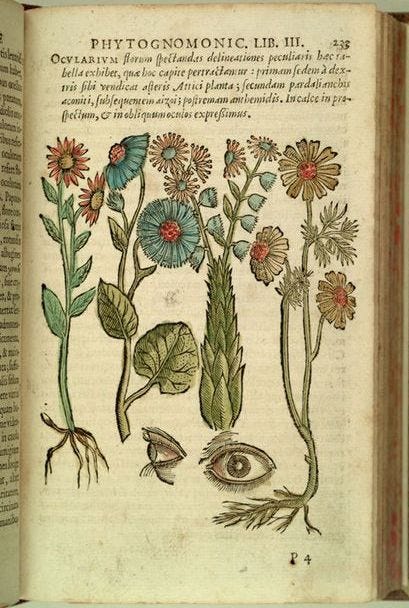

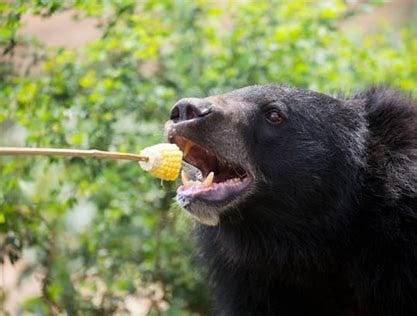

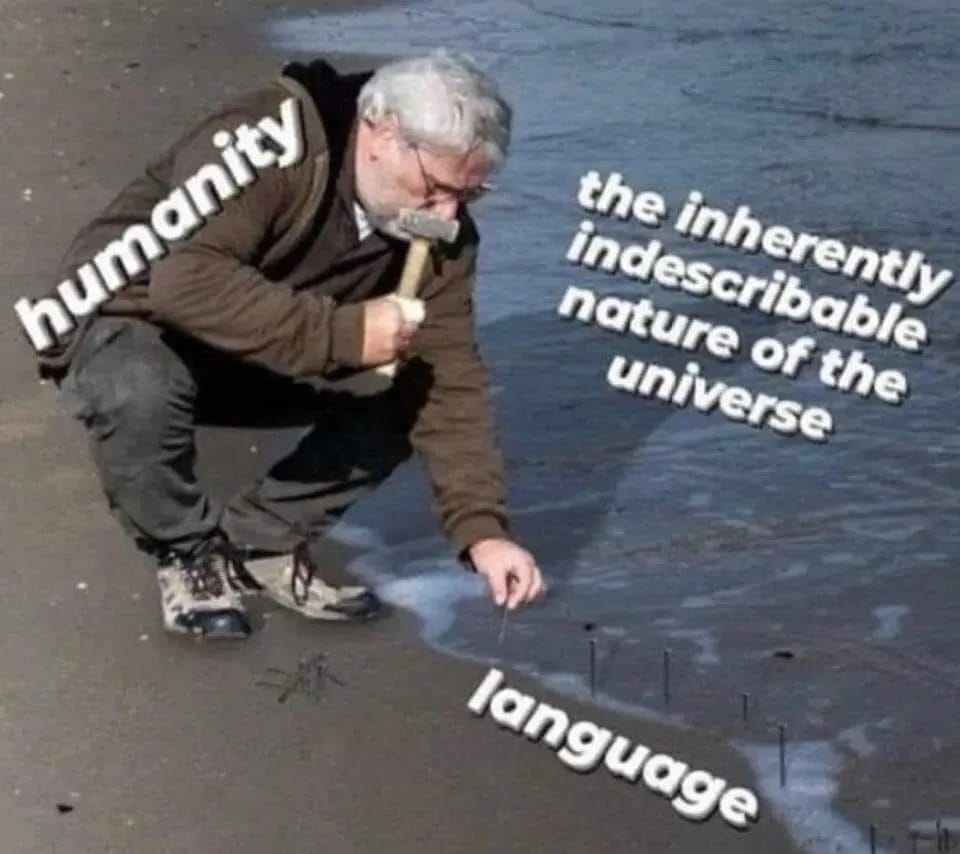

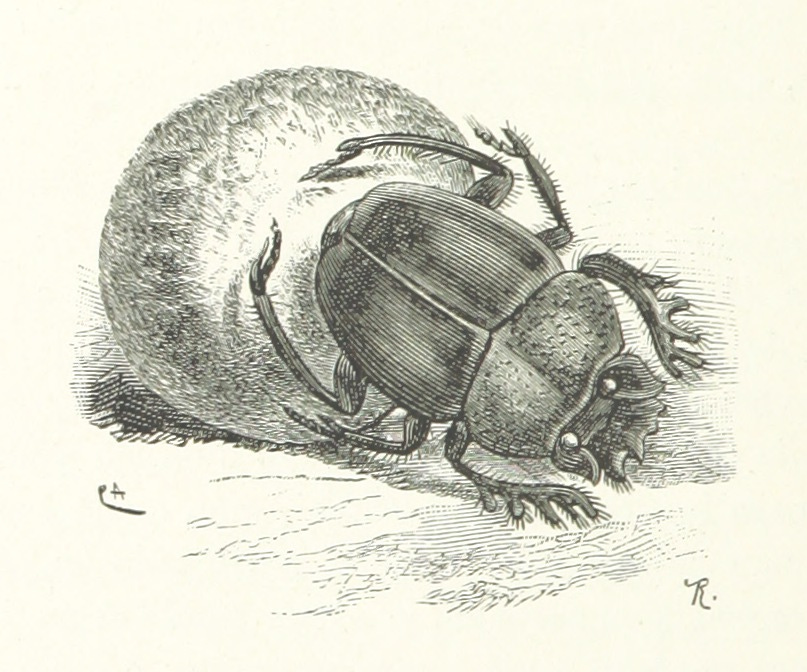
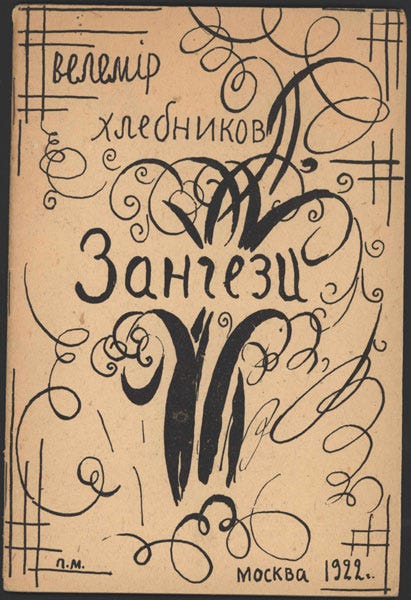
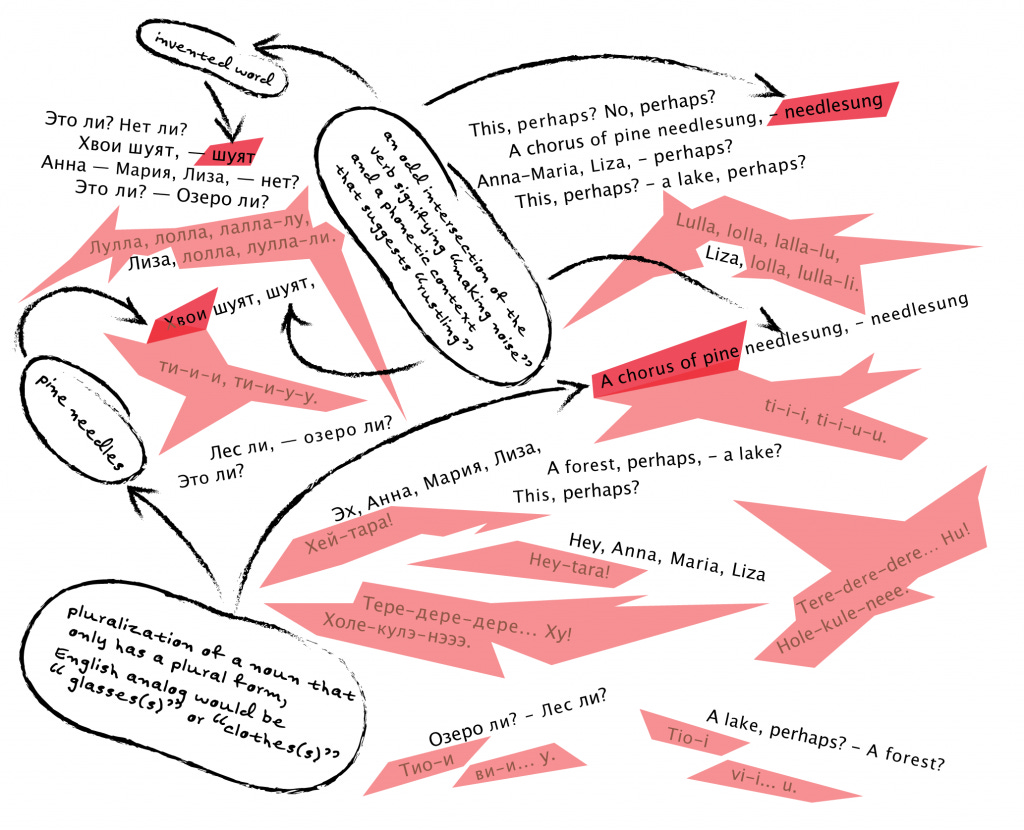
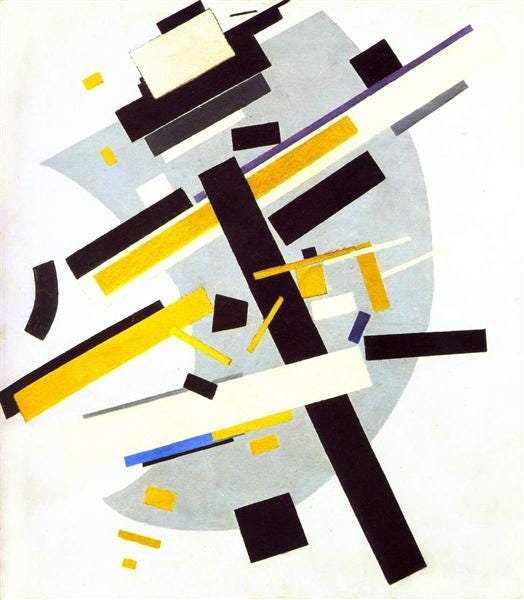
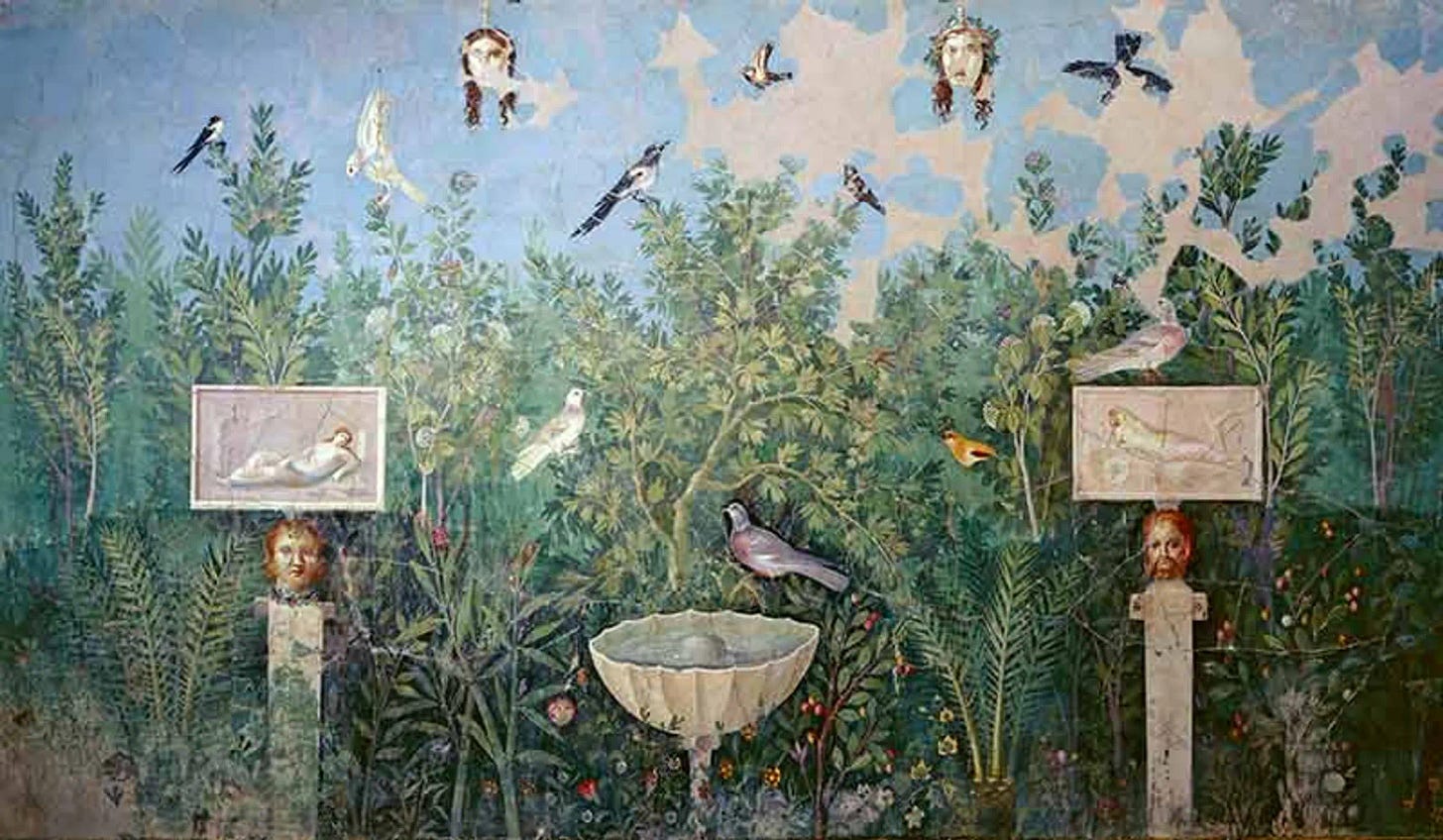


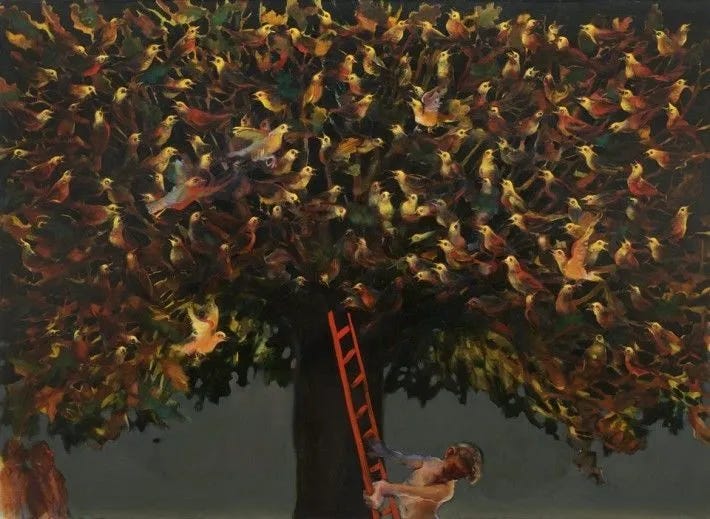


I've never read something so beautiful every line is some information i need to hold dear in my heart i love this thank you for this great letter
Thank you for your honest assessment. i love this topic and have a great appreciation for how humans have come to navigate the world with signs, symbols and language. Etymology truly is atomology, and taurus is thesaurus. Every misconception works off of defining us by what we are not, nor can be beyond connotatively. i used to suffer the liars and the fraud stars that claimed the minds of fools, now i wholly appreciate, and embrace, the entire pantheon of gods and their crazy operas, religions, antinomic sciences and plandemics. Yet, i am none of these things. i appreciate why people are where the are in embodiment and fertility. i play silence, folk, jazz, circuit-bend, classical...nothing can be known but through the modality of the knower. By definition Gautama says: AN 5.113 "Followers, the beginning of ignorance can never be discerned..." The process of emanationism (splitting the atom) describes the expression (language)of energy as it speaks through a (spirit) medium or conduit, us. We are all bullshit artists and privy counselors informing a privation, you will not fix that, until........
Agnosis is nature, act and necessity. Agnosis means (not just lack of gnosis) but from the perspective of the Absolute there is no attribute. Language is amative, subjectively and objectively. To arrive at gnosis 'Alone' is akin to going backwords through the lmn (elemental forces) antecedent. In The Cloud of Unknowing; annon.(probably pseudo Dionysis and i can show you the same thing in Zoroastrianism if antiquity = assumed authority) we are to forget all definitions, rules and notions of anything related to our little self as it modulates the signal of Self. However, he essentially says, this assumes you've already learned (orthodoxy) to play your instrument, don't think you can know the 'original' authentic Self without spending time believing (playing the ram for the ox god) before appreciating love(who you are) and the art of de focussing. It's a sometimes sweet, sometimes bitter pill.
Thank you for your perspective, Much love